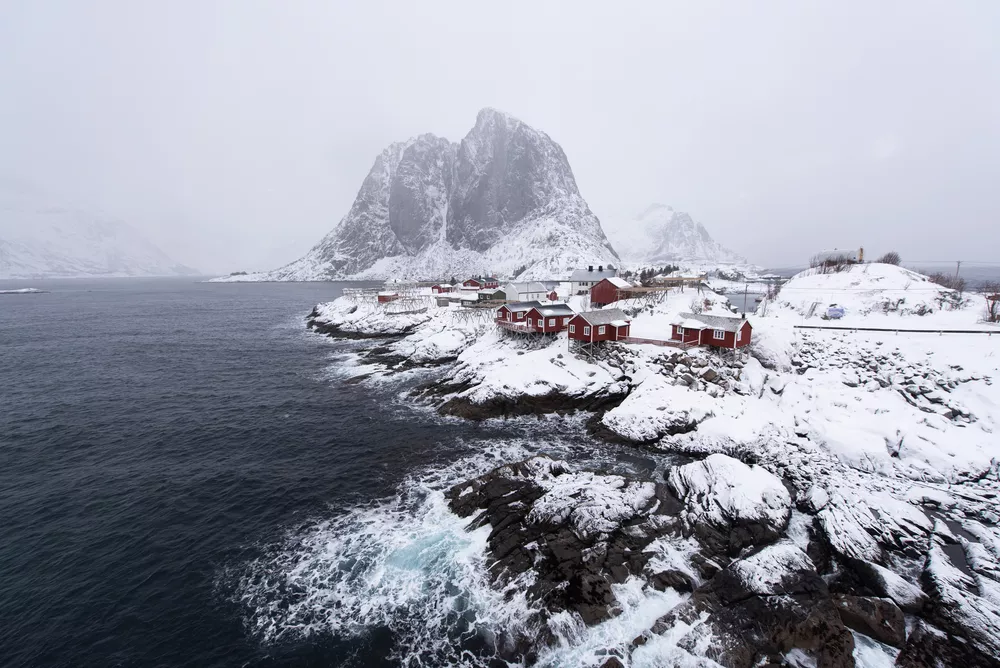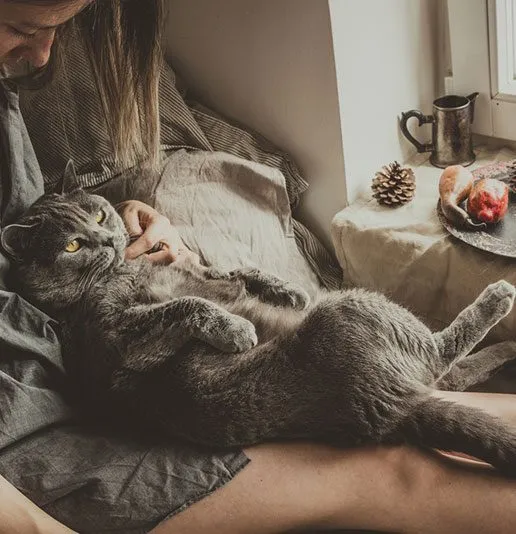Let Us Not Fall Asleep While Walking: Interview With David Denil
David Denil is a Belgian artists exploring the concept of identity towards the past and memory. He seeks metaphorical representations of a certain state, frozen in time and immortalized by the medium. Here are the artist’s thoughts on the recent project, “Let Us Not Fall Asleep While Walking”:
“’Let Us Not Fall Asleep While Walking’ is my first project where I translated the psychological state of Ukraine in collision between past, present and the hope for a future without war.
I see my work as a collection of short impulses build upon research to subject matter. The main goal is to produce durable work that extends time and where collisions with past and future as autonomous realities are implied to question our human motivations.”
We had a chat with David about his work in general, his thoughts on photography and tips for aspiring photographers.
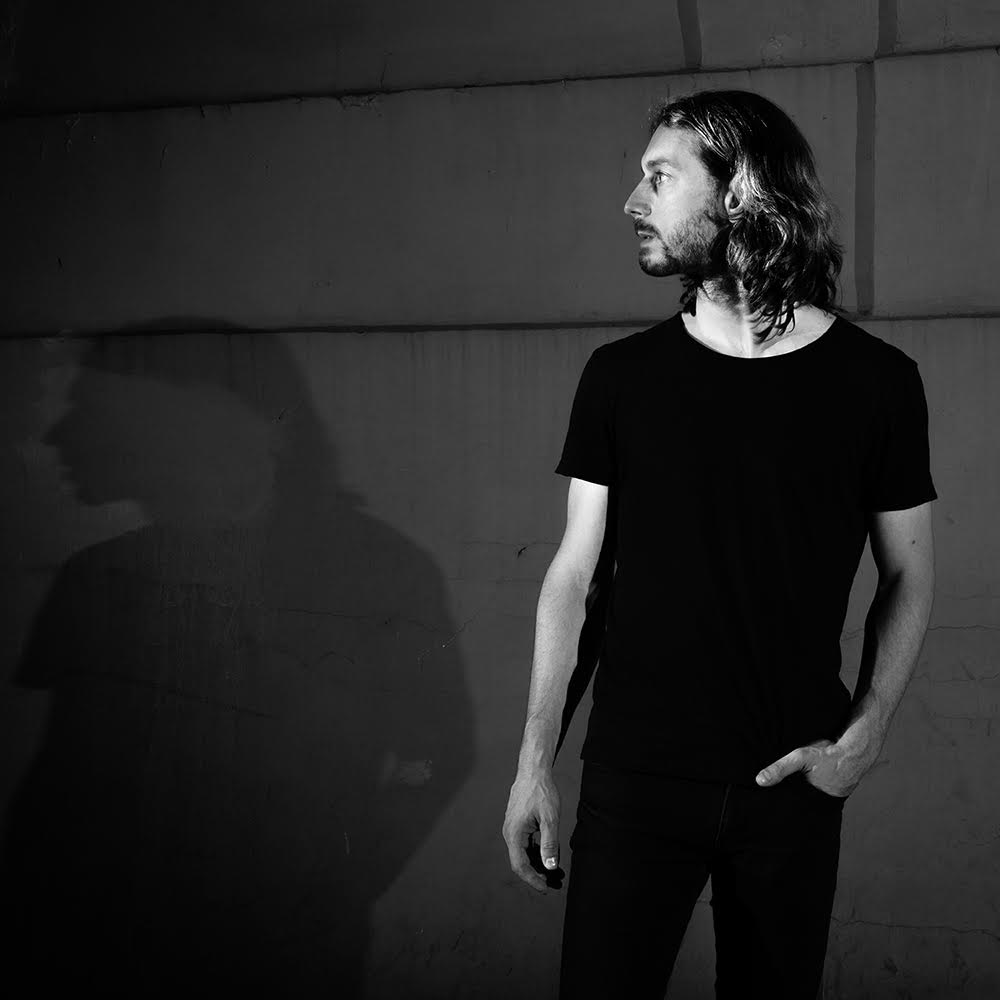
Tell us a little bit about yourself and your journey with photography.
The use of photography is strictly based on encounters. The images are a testimony of mutual exchange of thought. This project is the first and the process taught me a lot about both the opportunities as well as the limitations of the medium. Within the next project I will focus more on the functional narrative related to subject matter.
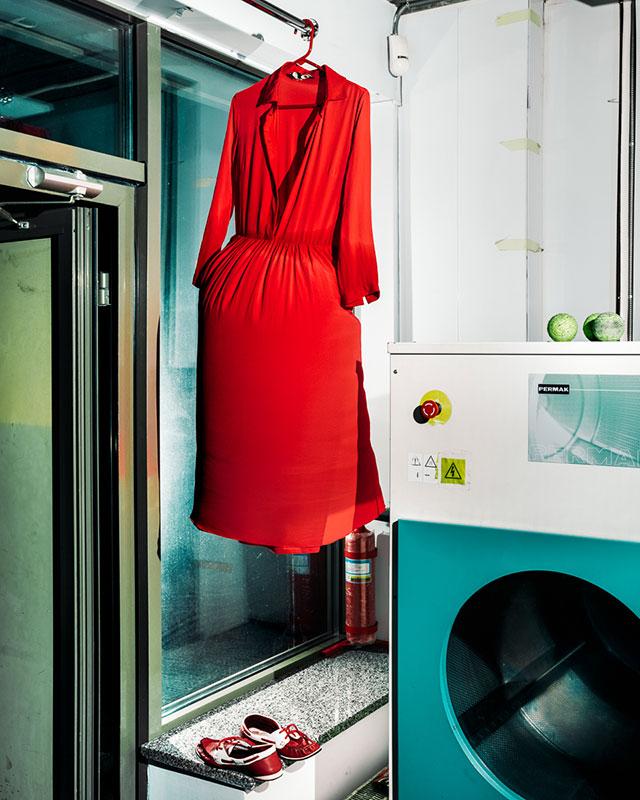
How did you get from being an aspiring photographer to actually doing it full time, for a living?
I never intended to become a photographer. I question the world we live in and the photographic medium helps me do so. The photographs are only proof of my presence where I tried to bring forward some reflections of thought.

How important is formal training for a photographer and how do you educate yourself to take better pictures?
Photography is not a source of inspiration to me. Cinema, painting and conceptual art work have a much bigger impact on me. To me, their character is more reflective.
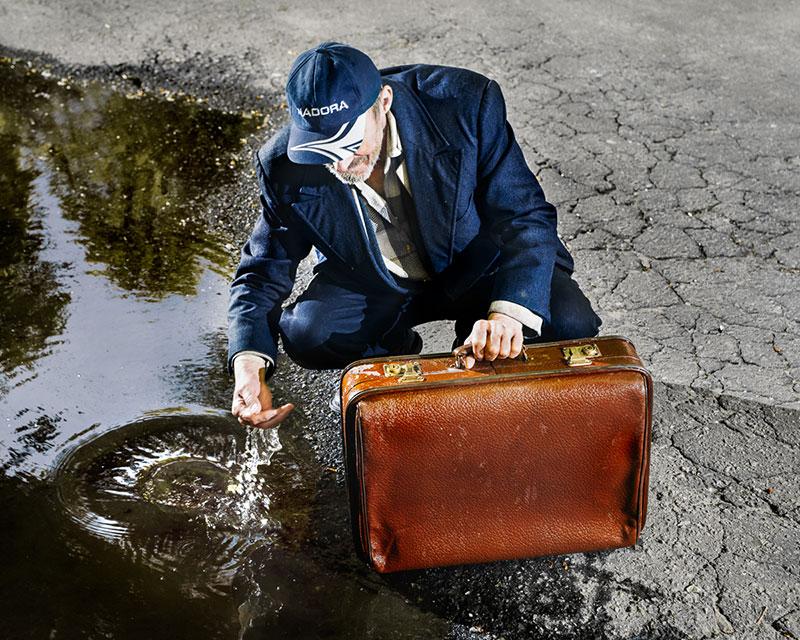
What’s your philosophy in regards to your work?
I try to understand the social experience of the people I work with. In the first place it is about the interpretation of the people’s own experience within the place they live in at that given time frame. I can only listen, imagine and reflect on what the conversations bring forward. The image itself is a reflection on this moment and combines where these multiple aspects are united.
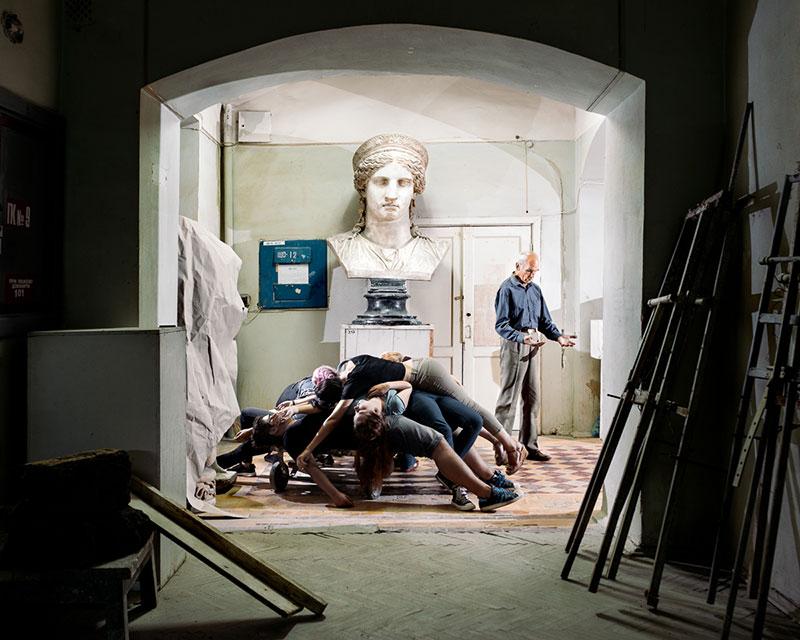
Among your projects, which series or a single photograph is your favourite? What’s the story behind the project or photograph?
The images that I personally like the most are the ones that bring back the moment of the actual encounter. Looking back at some images, the moment and the connection made with the people comes back to life. These short but intense experiences became my personal diary where the image itself is just a frame to experience that encounter again
Also the images that shape connections between certain aspects present in the image to trigger the imagination outside the frame. One that does this is the one where two men are saving a little kitten out of a pit.

What are some of the themes and concepts you explore in your works that are personally very close to you?
Experience of identity in relation to shifting parameters within geographical boundaries is something that has been of interest to me for quite a while. It is about our human motivations and the inner relationship between cause and effect. By exploring this framework, new topics, thoughts and concepts appear that I interconnect and transform to an approach that triggers my interest to reshape to a physical work.

What are some of the things you hope your audience will take away from your works?
One of the reasons I started this project were the many questions that people asked me on the situation of Ukraine today. They all knew that the country was in war but they didn’t have an understanding of its gravity as well as the situation the country is in right now. The images themselves are only a part of the work. The book will put these in relation with other materials as a source of additional information to shape the context.
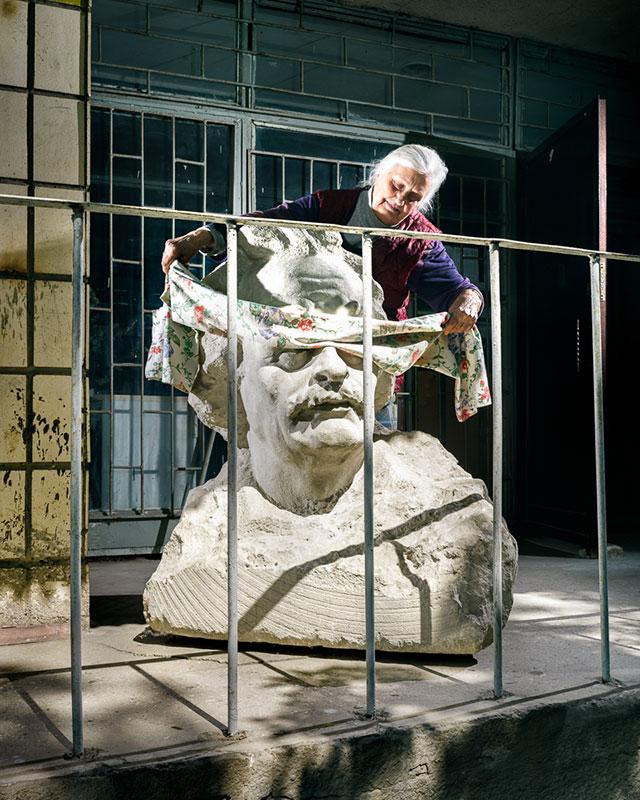
What is your favourite part about being a photographer?
The creative process of instant reflection on a subject matter. To dig into a diverse range of source material that adds up to the general understanding to the project I am working on. While doing so, I start to shape the project framework together in one sentence that grasps the essence of motivation.
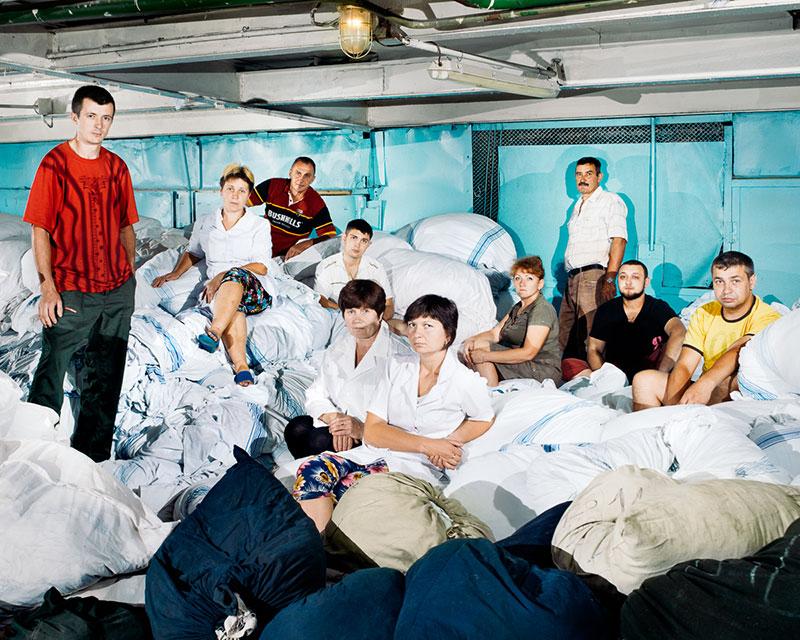
Would you say photography is more liberating or restrictive than other artforms? Do you pursue other artforms?
By using photography, I was able to explore its functionality to the core idea. I kept on questioning on how this workflow could help me understand the exploration beyond a single frame. I will consider a more interdisciplinary approach in the future depending on the content I will be working on.

What makes a memorable photograph, in your opinion? What comes to mind first?
A work I admire is Andres Serrano’s “Piss Christ”. A powerful image combined with its title.
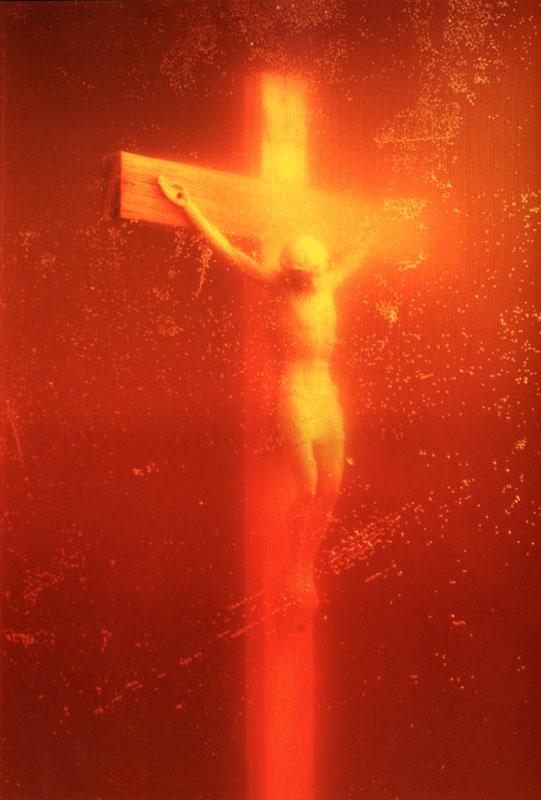
Could you share with us one of your favorite editing tools or tips?
I am not keen on editing and keep it to a strict minimum. Because of this, I focus on the image while taking it. I only take 3 images of each encounter. Sometimes just 1. I want to rely on the moment itself. Reflect on what you need and don’t need. And if the conditions aren’t there, I prefer to move on. In many cases this is a more effective choice. Chances and conditions are everywhere. Something else will come along.
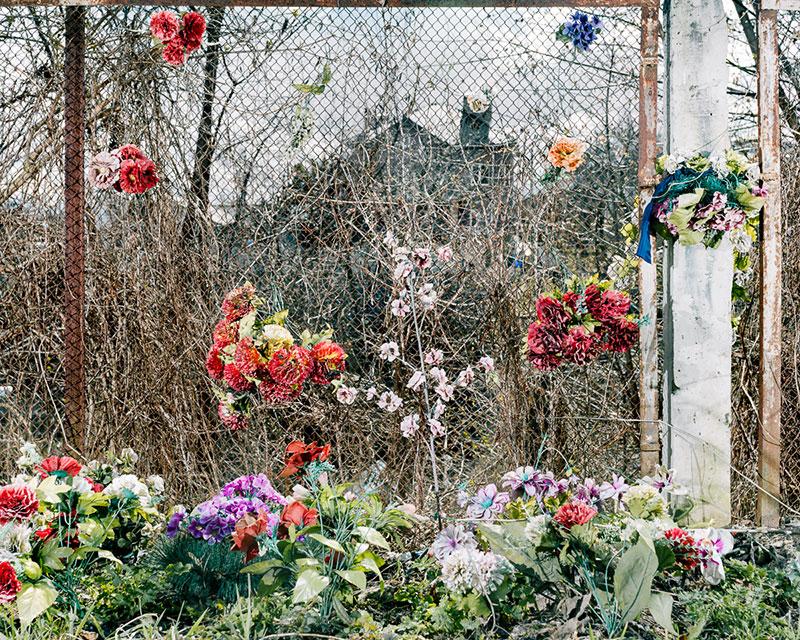
Do you have any advice for aspiring photographers?
Mainly to keep on reflecting upon why and what you’re doing. Write down a one sentence synopsis that combines every aspect of your concept and let it resonate in your mind.




